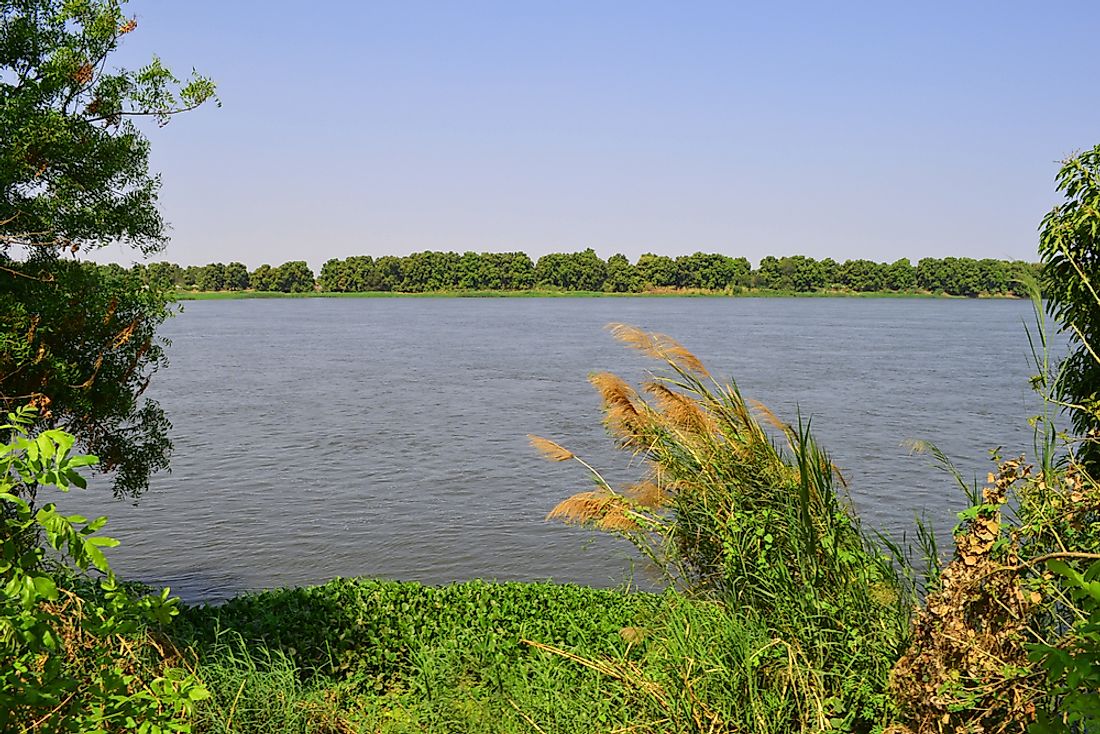What Are The Major Natural Resources Of South Sudan?

South Sudan gained independence from Sudan on July 9, 2011. It is bordered by Kenya, Ethiopia, Uganda, the Democratic Republic of the Congo, and the Central African Republic. South Sudan’s economy is one of the weakest and most underdeveloped in the world. The country is also one of the poorest, with poor infrastructure, high maternal mortality, and lack of basic facilities such as running water and electricity. Despite the poverty levels, South Sudan contains many natural resources. Here are the country’s major natural resources.
Petroleum
Before gaining independence from Sudan, South Sudan produced approximately 85% of Sudanese oil. Oil accounts for 98% of South Sudan’s government revenue. The oil reserves in the country are estimated to be 472 million tons. It produces 140,000 barrels per day and is expected to pump 350,000 barrels per day by the end of next year. The area rich in oil in South Sudan is the Bentiu area, with areas such as Warrap and Jonglei having potential reserves. Oil production has been affected by civil war and violence in the country. Production was suspended in 2013 in some fields such as the Toma South oilfield following the outbreak of violence and resumed in 2018. The fighting between the troops and the rebels around the Toma South oilfield damaged several oil production facilities. South Sudan is a landlocked country and lacks infrastructure, forcing it to use the pipeline that goes through Sudan to export its oil to the international market. The country has to share all its oil revenues with the North equally. The Government of South Sudan is currently looking for oil investors to develop the oil blocks.
Agricultural Land
One of the major resources of South Sudan is agricultural land. The country is rich in fertile land that can support agriculture and food production. South Sudan has a total land area of approximately 644,300 square kilometers. Over 90% of this land is agriculturally productive land while 50% is prime agricultural land. Of the total agricultural land, about 30 million hectares is considered arable land. Arable land is defined by FAO as land under temporary crops or pasture. Although South Sudan has large agricultural and arable land, only 5% of the arable land is under agriculture. The major crops grown in the country include maize, cassava, sorghum, millet, sweet potatoes, fruits, and vegetables.
Marble/Dolomite
There are several marble deposits in the Kapoeta region. The largest deposit is located approximately 4 kilometers northeast of Kapoeta town. In 1978, a German cement company discovered about 8 million tons of marble in the areas. The marble deposit consisted of 52.6% calcium oxide, 0.8% magnesium oxide, and a sufficient amount of potassium oxide and nitrogen oxide, making the deposits best suited for cement making. Several deposits of dolomite have also been reported in large quantities in Torit District. These deposits are also suitable for construction and manufacture of fertilizer, glass, and flux.
Aluminum
South Sudan has a few aluminum deposits with at least three of the areas containing the mineral in the value above 4.5%. The amount of aluminum reserve in the country is not known but the government estimates it to be approximately 10 million tons. Aluminum deposit is potentially huge in the country. The deposits are located in conflict areas such as Juba, Raga-Wau-Rumbek, and Yambio up to the border with the Democratic Republic of the Congo. Access to some of these areas has been limited by poor road network and war. In the Luri basin in Juba, the value of aluminum is approximately 3.5% in the stream sediment.
Iron Ore
Although South Sudan has several deposits of iron ore, the mineral remains largely unexploited due to the ongoing civil war and lack of proper infrastructure. Most of the foreign companies have also been scared away by the violence. A large area extending from Yambio all the way the area bordering South Darfur has proven deposits of iron ore. The highest concentration is found in the area around Wau at 18%. The Wau-Raga region has deep deposits which cover approximately 80,000 square kilometers, with iron ore concentration ranging from 22 to 90%. These deposits are yet to be touched and merit further investigation
Gold
Gold mining is the main source of income for the people living in the eastern part of South Sudan, especially in the district of Kapoeta where gold digging is the way of life. However, the country does not benefit much from gold mining since most of the gold is quickly smuggled out of the country through the black market. South Sudan has lost millions of dollars to dubious and illegal miners over the years. Other potential areas include Anakanak, Nyangea, Karomi, Lauro, and Buno. In May 2017, the government of South Sudan signed a contract with two foreign companies; 4MB from Panama and Dove from Bangkok to commerce commercial gold production in the regions of Jubek and Kapoeta. However, ongoing conflicts have hindered any exploration work.











